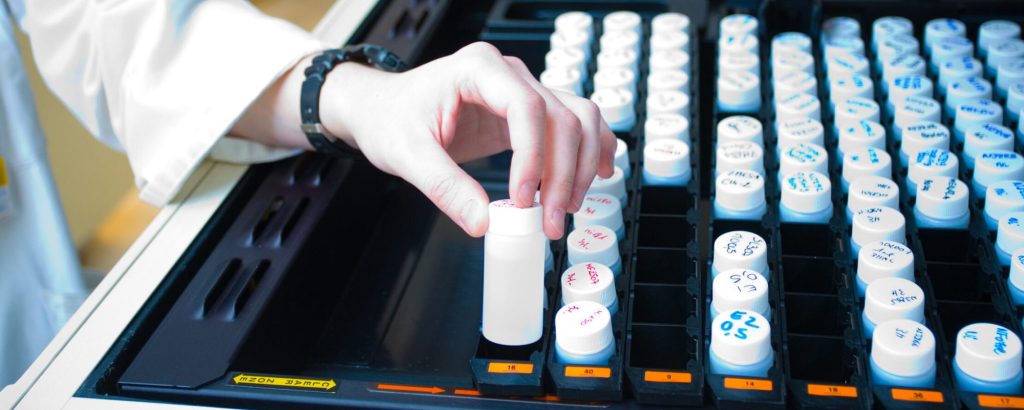
The main mission of this department is to study, develop, and select materials for a given application. That is to say, with the aim of manufacturing such part or improving such property of it. The choice of materials will depend in particular on its mechanical, thermal, and electrical properties, which make it possible to define how the material will behave under stress or how it will react to heat exchanges.
The choice also depends on its chemical composition and environmental characteristics. Thus, to obtain comparative data and define the best material, materials engineers will be able to rely on several types of data.
These data come from companies that set up a reference system of materials by giving their chemical compositions and properties established following tests following specific standards. In addition, materials engineers will also be able to draw on their in-house expertise.
Indeed, over time, the materials department will be able to gather lessons learned and become capable of rejecting or directly promoting a material. For example, knowing that for such an application and contrary to expectations, this material reacted much better than the one that was finally subjected to corrosion problems, the materials department will make the decision to retain this first material.
Once a material has been selected, the R&D department will source raw materials or semi-finished products from suppliers. When the latter will supply the material, it will also send the datasheet of the material. In this datasheet, you will find the name of the material, its shape, its properties, and as much information as possible to complete the data of the materials department. Compared to the normative data, which generally provide values between intervals, the supplier will communicate much more precise figures on the properties as for example for Young’s modulus in the context of use.
However, once the material is received, the R&D department needs to check its properties to ensure that it is suitable for its future production application. It is in order to meet this need that the materials engineers will call on the laboratories via test requests. The handling of the test request by the laboratory will eventually lead to the formalization of a report in which the experimental values will be made available. It is on the basis of the test results, processed through statistical analyses depending on material laws, that the R&D department will be able to clearly define the behavior of the material and its properties, which are generally referred to as admissible data or design values. The challenge is to provide its information to the design offices in order to dimension the part (CAD) and simulate its behavior (CAE).
In order to gather in a relevant way all the technical data of the materials department, to ensure the traceability of the actions carried out in the laboratory or to help in decision-making, companies are increasingly turning to management systems. The TEEXMA software, through its LIMS and Materials product lines, meets their expectations perfectly. Not only does TEEXMA software offer all the possibilities of a powerful database through its research and analysis tools, but it is also capable of intelligently guiding the materials engineer towards one material rather than another based on criteria and lessons learned.
In addition, TEEXMA software allows the direct collection of public and normative data for identified materials and comparison of data for these materials. TEEXMA software, high flexibility, and extensive rights management also make it possible to open the application up to the design office. It is also possible to interface directly with CAD tools such as CATIA or ANSYS. Furthermore, on the LIMS side, TEEXMA software excels in the follow-up of laboratory actions by guaranteeing, among other things, compliance with the ISO 17025 standard. Finally, another advantage and differentiator of TEEXMA software software is the ability to synchronize LIMS and Material perimeters in the same database while managing the confidentiality and ownership of data.
To find out more about the articulation of services around the laboratories,
do not hesitate to visit our site :